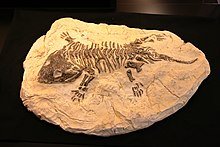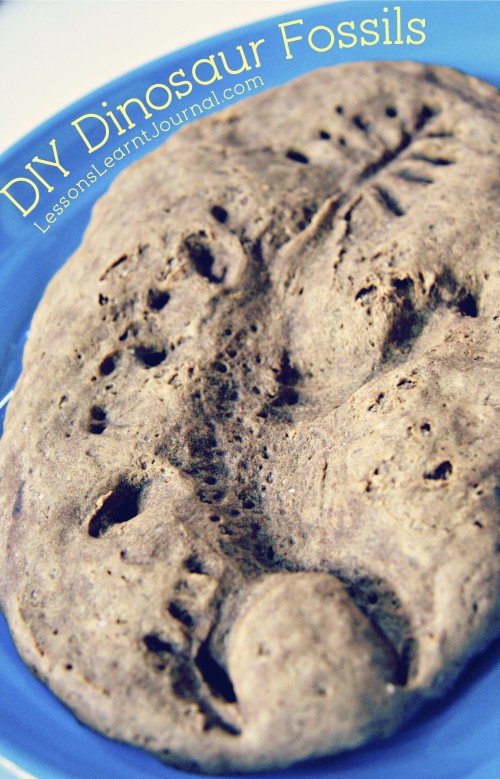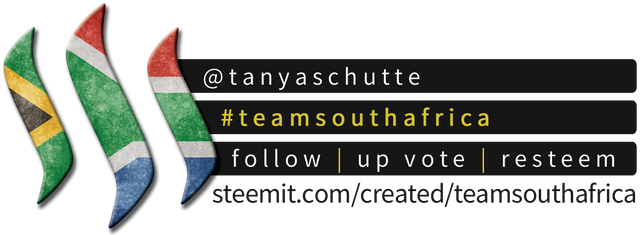Earth Sciences: Let's learn about fossils
As most of my readers by now know, my son, husband well ok, my whole family absolutely loves sciences. My husband and son especially love dinosaurs and fossils. We are busy with plans of re-focusing our careers in such a way that my husband can study paleontology, his dream and hopes for the last 30 years.
Today we are going to learn more about fossils and creating our own,
What is a fossil?
Fossils are the remains of ancient organisms as well as traces. of them. Most scientist work on the fact that a fossil must predate the recorded human history, this typically means that something must be older than 10 000 years to be considered being a fossil.
Image Source
How are fossils created?
Fossils can be formed in different ways. Most of them are formed when a plant or animal dies in a watery environment and is then buried in mud and silt. The soft tissues then quickly decomposes and then leaves the hard bones or the shells. When the sediment builds up over time over the top, it then hardens into rock. Petrification then occurs. This means that the encased bones starts to decay; The minerals then seep in to replace the organic material cell by cell. Sometimes the bones completely decays, which then means that it leaves a cast of the organism. The void that is left behind is then filled with minerals that makes a stone replica of the organism.
Types of fossils
There are four types of fossils
1. Mold fossils
The mold fossil is a fossilized impression made in the substrate, it creates a negative image of the organism.
2. Cast fossils
The cast fossils are created when a mold is filled in.
3. Vtrace fossils = ichnofossils
The Vtrace fossils are fossilized nests, gastroliths, burrows, footprints, etc.
4. True form fossils (fossils of the actual animal or animal part).
Video about the four types of fossils
Video Source
Fossil experiment
You will need the following
- Toy dinosaurs
- A small cup of instant coffee
- 3/4 cup cold water
- 1 cup flour
- 6 tbsps of salt
- A baking tray
- Baking paper.
Instructions
- Mix the instant coffee, flour, salt and water together to make a dough.
- Make sure that the dough is wet, but not that wet that it sticks to your fingers.
- You can either measure out or guess the amount of dough needed for a dinosaur footprint or body print.
- Line your baking tray with baking paper.
- Place the dough on the tray and flatten it on your palm.
- Now you take your dinosaur and press it softly into the dough. Just enough so that it makes an imprint in the dough.
- Bake your fossil at a low heat of about 150C for a few hours, might range between 2-4 hours. Just keep an close eye on it.
- Now remove the "fossil" from the oven and let them cool. They will harden more while they cool.




Your post was resteemed by @resteemza
Please upvote this reply to help us grow
As a follower of @followforupvotes this post has been randomly selected and upvoted! Enjoy your upvote and have a great day!
excellent You have my support. I hope to count on your support to keep growing. regards
Its a informative post. I learn somethings. Thanks @tanyaschutte
I certainly do hope your hubby gets to study and make his dreams come true soon. I am sure your kid will LOVE having a "dinosaur dad". My 3 year old is dino crazy!!
Is very nice ur article , I like this information so good luck my dear friend 😃
This is educative, I thought fossils can not be made. I will love to give it a trial. Thanks for sharing this.